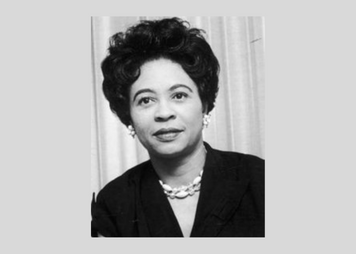
IPR is featuring some of the many female pioneers who have had an impact on the field of public relations in celebration of Women’s History Month.
Born in 1914 in Huttig, Arkansas, Daisy Bates endured many hardships in early childhood but would grow up to become an outspoken pioneer in the American civil rights movement.
At age 15, Bates met her husband and they eventually moved to Little Rock, Arkansas where they started a newspaper, “The Arkansas Weekly,” which focused on content about the civil rights movement. Bates was heavily involved in the paper as an editor and writer.
Bates was elected the President of the Arkansas chapter of the National Association for the Advancement of Colored People (NAACP) in 1952. She served for many years and remained active in the organization until 1970.
After the landmark court case, “Brown v. Board of Education,” which ruled segregation in schools unconstitutional, many Black children were turned away from enrolling in white schools. In 1957, Bates helped the “Little Rock Nine” become the first to attend a previously all-white high school. There was a lengthy battle for the “Little Rock Nine” to integrate into the school and Bates’s house was the headquarters for this mission. She would drive the students to school every day while they fought to be integrated.
After her success integrating these students into the school, she continued to advocate for Black rights in the South. Bates moved to Washington, D.C., for a few years to work for the Democratic National Committee on anti-poverty projects for Lyndon B. Johnson’s administration. In 1962, She published her memoir, “The Long Shadow of Little Rock,” which won an American Book Award.
Bates died in 1999 and was posthumously awarded the Medal of Freedom that year. The state of Arkansas celebrates Daisy Bates Day on the third Monday in February to honor her legacy.
References
Daisy Bates
Biography
Daisy Bates
National Women’s History Museum



